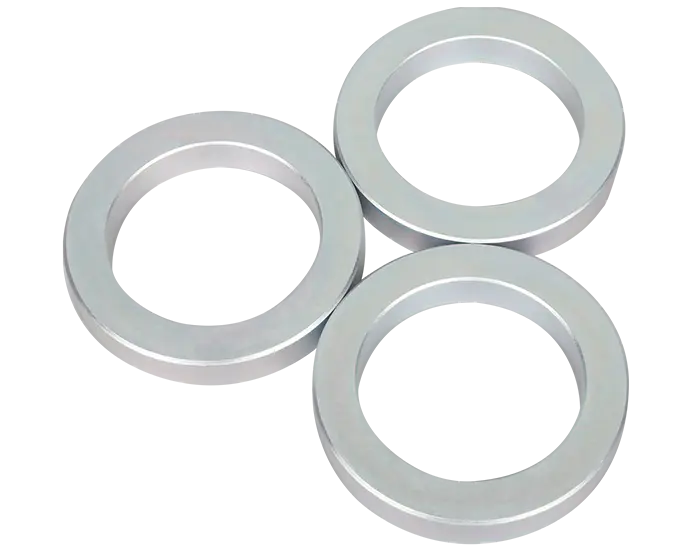Sintered NdFeB Magnets are widely recognized in the materials industry due to their distinctive composition and manufacturing process. These magnets consist primarily of neodymium (Nd), iron (Fe), and boron (B), which combine to form a rare earth permanent magnet known for its magnetic properties. The term “sintered” refers to the specific fabrication method used to produce these magnets, where powdered raw materials are compacted and heated below their melting point to create a solid structure.
The raw materials used for Sintered NdFeB Magnets typically undergo a series of refinement steps before being mixed in precise proportions. Neodymium, which is a rare earth element, plays a critical role in defining the magnetic strength of the final product. Iron provides structural support and helps maintain magnetic stability, while boron contributes to the crystal structure necessary for magnetic alignment.
During the sintering process, the compacted powder is subjected to high temperatures that allow the particles to fuse without fully melting. This results in a dense and uniform material with favorable magnetic and mechanical properties. Controlling the sintering temperature and atmosphere is crucial for achieving consistent quality in Sintered NdFeB Magnets, as improper conditions can lead to defects such as grain growth or oxidation.
One of the notable material characteristics of Sintered NdFeB Magnets is their high coercivity, which refers to the resistance of the magnet to becoming demagnetized. This property is closely related to the microstructure developed during sintering. A well-controlled grain size distribution and phase composition contribute to maintaining strong magnetic forces over time and under various operating conditions.
The composition of Sintered NdFeB Magnets can be adjusted to meet different requirements. For example, adding dysprosium or terbium to the base NdFeB alloy improves thermal stability, allowing the magnets to retain their magnetic properties at elevated temperatures. However, these elements are more scarce and expensive, which can affect the material cost and availability.
Surface treatment is another important aspect of Sintered NdFeB Magnets from a materials perspective. Because the magnets are prone to corrosion due to their chemical composition, coatings such as nickel, zinc, or epoxy are commonly applied. These coatings protect the magnets against moisture and environmental damage, preserving the magnet's integrity and prolonging its service life.
From a mechanical viewpoint, the density and hardness of Sintered NdFeB Magnets are influenced by the sintering parameters and raw material quality. High density typically leads to improved magnetic performance and durability, which are critical for applications requiring long-term reliability. Nevertheless, these magnets can be brittle, so handling and machining must be done carefully to avoid cracking.
In the context of material sustainability, the rare earth elements used in Sintered NdFeB Magnets raise concerns about resource availability and environmental impact. Efforts in material recycling and substitution aim to reduce dependence on limited resources. Advances in processing methods are also exploring ways to optimize raw material usage without compromising the magnetic properties.
The material science behind Sintered NdFeB Magnets involves a careful balance between composition, processing, and treatment. Understanding these factors helps manufacturers tailor magnets to specific applications, from electric motors to consumer electronics. As research continues, improvements in material performance and production efficiency remain key focuses.
